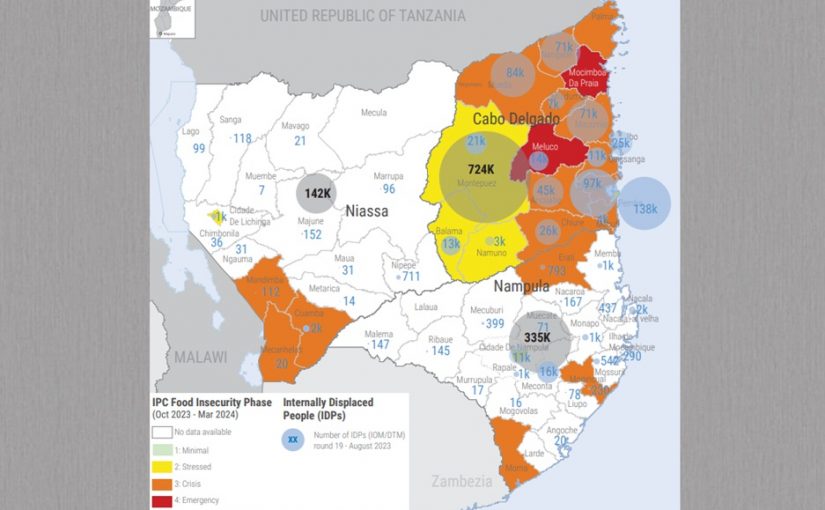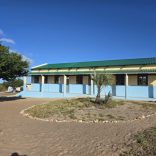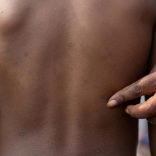Mozambique: Prison alone 'ineffective' at combating organised crime - top court | Watch
Mozambique: Cabo Delgado, Nampula & Niassa Humanitarian Snapshot – January 2024

Overview
Over 8,500 people were displaced during the month of January due to incursions by non-State armed groups (NSAGs) in the districts of Macomia, Mecufi, Metuge, Mocímboa da Praia, Muidumbe, Quissanga. Half of the displaced (approximately 4.25K people) moved within the district of Macomia, 700 people within the district of Muidumbe, while 1,400 people sought safety by crossing the district lines from Mocímboa da Praia to Mueda (1,400 people).
Lack of adequate resources is hampering the ability of humanitarian partners to mount a robust response. By the end of January, life-saving assistance, including food, shelter and non-food items, had been provided to more than 3,000 people in Macomia, Mocimba da Praia, Mueda and Muidumbe, including through first-line rapid response modalities. Critical gaps persist for the second line of response in areas crucial for the well-being of the affected population, particularly protection –including GBV, MHPSS, and child protection – health, water, sanitation, hygiene and nutrition. In the course of 2023, the humanitarian response was 38 per cent funded. Humanitarian partners were called to make difficult choices, such as curtailing food rations to cover a larger caseload of beneficiaries or stretching service provision between the displaced people, host communities, and the returnees compromising the quality of the humanitarian response.
Mozambique is currently experiencing El Niño conditions, expected to persist until the conclusion of the rainy season. This phenomenon, characterized by elevated temperatures and heatwaves, poses potential health risks, including an increased prevalence of diarrheal diseases and the exacerbation of the cholera outbreak, which, by the end of January, had affected 10,589 people and resulted in 25 deaths. INGD reports that between October 2023 and January 2024, extreme weather events (heavy rains and winds) have affected some 30,773 people and caused 77 deaths.
The National Institute for Disaster Management and Risk Reduction (INGD) reports that in January 2024, the southern provinces experienced the driest period (days without precipitation) since 1961. The current Normalized Difference Vegetation Index (NDVI), an index used to assess the health and density of vegetation, is not favourable to agriculture in vast areas of Maputo, Gaza and Inhambane. Moreover, the standardized precipitation index (SPI), used to monitor meteorological drought, shows drought in the southern part of the country. Drought will likely impact primary education attendance as students leave school to look for livelihoods to support their families. Authorities are concerned about the impact of drought, anticipatory action (AA) activities (rehabilitation of water points, provision of drought resistant seeds and cash transfer to 60,000 people for a period of three months) are taking place in Chibuto and Guja (Gaza) Caia (Sofala) Marara (Tete).
INAM’s seasonal forecast predicts normal to below-normal precipitation in the south and central provinces, with above-normal rainfall expected in Nampula, Cabo Delgado, and parts of Niassa from January to March. This weather pattern is projected to persist until May. Temperature forecasts suggest above-normal temperatures in t













Leave a Reply
Be the First to Comment!
You must be logged in to post a comment.
You must be logged in to post a comment.